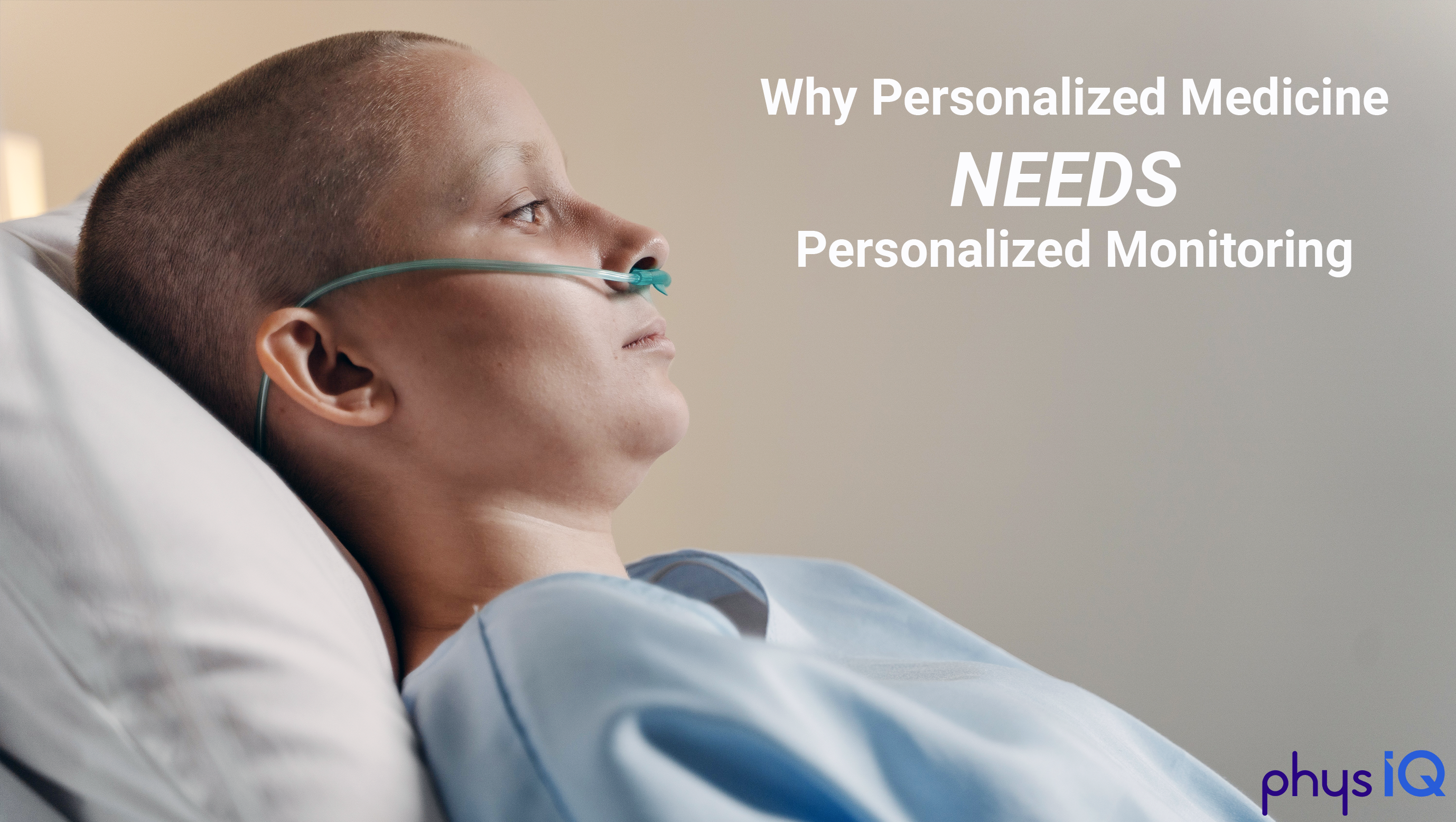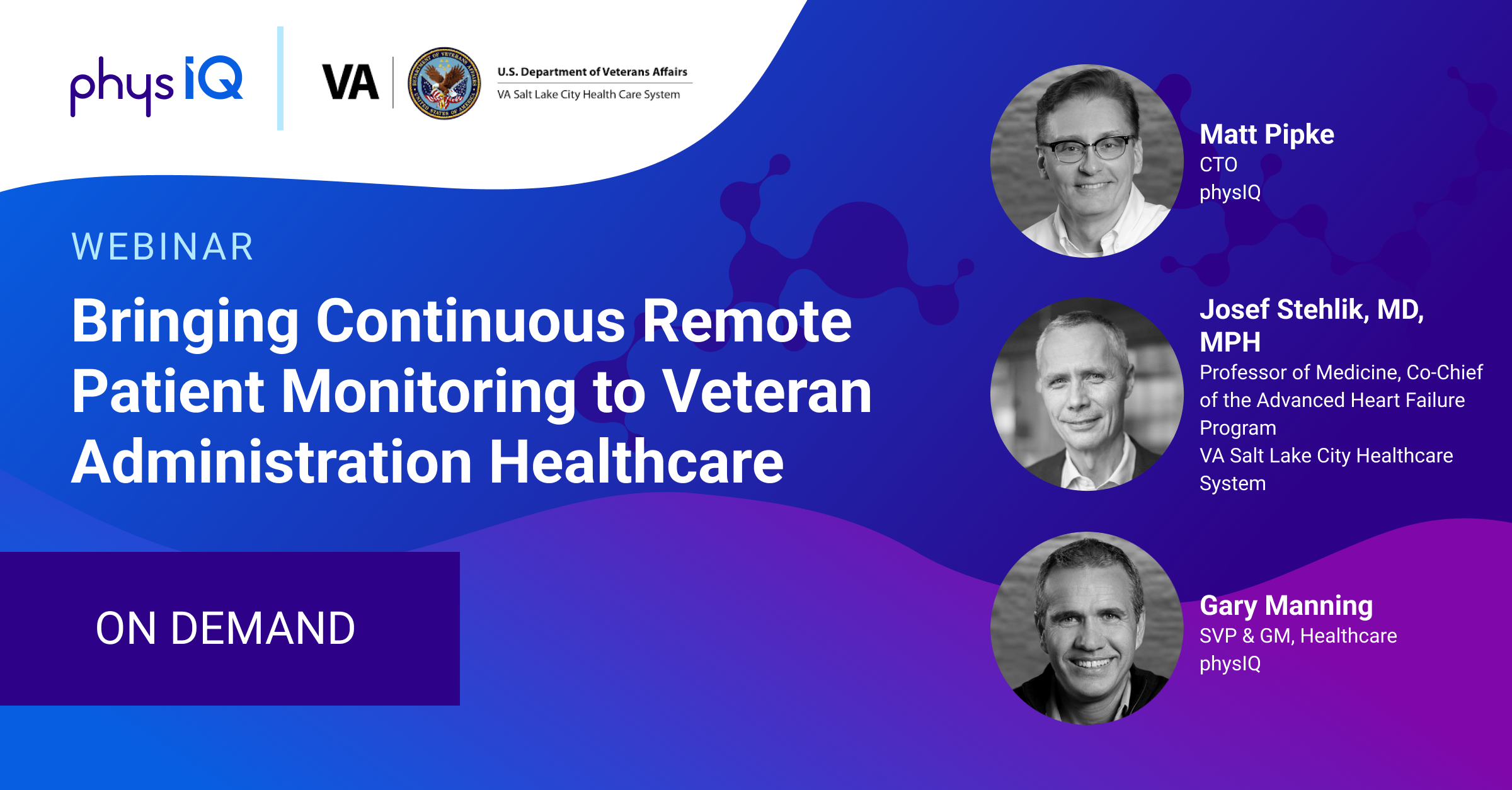Tracking mRNA from Efficacy to Effectiveness
Recent news around the promising mRNA vaccines targeting cancers results indeed caused great excitement in many circles. The number of mRNA clinical...
3 min read
![]() Karen Larimer, PhD, ACNP-BC, FAHA
:
November 19, 2019
Karen Larimer, PhD, ACNP-BC, FAHA
:
November 19, 2019

When it comes to technology development, I am consistently surprised by how little actual user-testing is done. And by “users” I mean the real end-user; the community of healthcare professionals and/or the patients. I generally work with an older population and, unfortunately, many tech companies have written them off as individuals who will never embrace “technology” (so why try?). If this is true, I posit that it has less to do with the older person’s resistance to technology and more to do with physical limitations like “tapping the tiny buttons” on a smart phone (or in my mother’s case “stabbing” the buttons) or reading the small font on the screen. Either way, they aren’t good enough reasons to give up on the older set.
In order to bridge the design gap between users and innovators, a gating item in your project plan should be end-user feedback. Getting this formative feedback earlier in your design process will save you lots of pain, suffering and dollars in the process of meeting user needs. While working with industry partners has its own culture, working in the community is completely different. It’s like the difference between working in the lab with mice versus working in the clinic with real people. Scientific principles may be the same, but the execution and personalism is very different – no offense to the mice.
I learned this lesson through time spent working in community-based participatory research (CBPR). If you’re not familiar with the social sciences, CBPR is a collaborative approach to research that equitably involves all partners in the research process and recognizes the unique strengths that each brings. CBPR begins with a research topic of importance to the community and has the aim of combining knowledge with action and achieving social change to improve health outcomes and eliminate health disparities (1). The key here is the collaborative approach.
Sure, in traditional health technology research, there may not be a goal of “social change” but the concept of collaboration is equally fundamental. CBPR is an orientation to research that alters the relationship between the researchers and the research participants. While traditional research positions academicians as the arbiters of who has the appropriate knowledge to define research and who is qualified to perform it, in CBPR there is mutual ownership of the research process and products as well as shared decision making (2).
Can you imagine an endeavor in technology where end-users had that type of role in the process? I’m not sure I’ve seen that (if you have, please post in the comments of this blog!), but what I have seen are the “baby steps” of bringing in unique end-users to give feedback on design, usability and feasibility on product development. This collaborative approach is a gift to your development team.
Like any mutually beneficial and respectful relationship, there are keys to success. And because no self-respecting blog goes without a list, here’s five keys to maintaining a strong community relationship with an engaged community partner:
The pay-off for collaborating with your end-users can be immense. There is high value and often undiscovered “pearls” you will find in working with these folks, not to mention the credibility you’re building within your community. Incorporating end-user feedback into your project plan will save you time and hopefully avoid hearing “if only we knew about this sooner.”
1 Community Health Scholars Program goals and competencies. Ann Arbor (MI): University of Michigan School of Public Health: [cited 2007 Mar 12]. Available from http://www.sph.umich.edu/chsp/program/index.shtml
2 Minkler M, Wallerstein N. Community-based participatory research for health. San Francisco (CA): Jossey-Bass; 2003.
Recent news around the promising mRNA vaccines targeting cancers results indeed caused great excitement in many circles. The number of mRNA clinical...

The recent wave of public interest in several groundbreaking studies of mRNA vaccines in the treatment of cancer are perfect examples of how the rise...

Prevention, early detection, and vigilant patient monitoring are critical elements in successfully and cooperatively managing patients with heart...